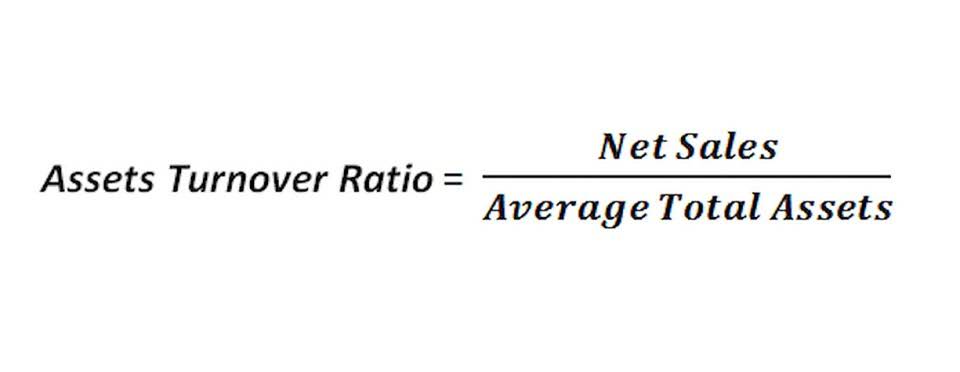
The OPTI-MEND trial was performed on the hypothesis that, early assessment and intervention for low urgency older people can facilitate shorter stays in the ED, reduces risk of hospital admissions and improve satisfaction with overall care. There are several factors that go into calculating the incremental cost of capital. These include the type of financing (debt or equity), the current market conditions, the company’s financial history, and more. This consists of all variable costs of production including labor, inventory, and any other expenses involved with the cost of producing one item. A very simple example of incremental cost would be a factory producing widgets where it takes one employee an hour to produce one widget.
Concepts Incorporated Into Incremental Analysis
Incremental analysis (also referred to as the relevant cost approach, marginal analysis, or differential analysis) is a decision-making tool used to assess financial information and derive a decision between two or more alternatives. In the sections below, you’ll find out what you need for proper ICC calculation. To finance a new project, for example, it may need to take on debt or sell more equity.
An Example of the Marginal Cost Formula
A company’s cost of capital depends on the mode of financing used – it refers to the cost of equity if the business is financed via equity, or to the cost of debt if it is financed via debt issuance. Companies often use a combination of debt and equity issuance to finance their operations. As such, the overall cost of capital is derived from a weighted average of all capital sources, widely known as the weighted average cost of capital (WACC). Companies need to make profitable business decisions when aiming for operational expansion. A revenue and expense analysis from production, defined by incremental cost, will save you a lot of financial troubles. Getting all relevant information about your operational expenses lets you know whether you are in the right financial state to cover additional production costs before starting any project.
What Does Incremental Costs Mean?

This demand results in overall production costs of $7.5 million to produce 15,000 units in that year. As a financial analyst, you determine that the marginal cost for each additional unit produced is $500 ($2,500,000 / 5,000). The usual variable costs included in the calculation are labor and materials, plus the estimated increases in fixed costs (if any), such as administration, overhead, and selling expenses. The marginal cost formula can be used in financial modeling to optimize the generation of cash flow. The “incremental” aspect of incremental cost of capital refers to how a company’s balance sheet is effected by issuing additional equity and debt. With each new issuance of debt a company may see its borrowing costs increase as seen it the coupon it has to pay investors to buy its debt.
Trial design
Being able to accurately calculate cost of capital and the incremental effects of issuing more equity or debt can help businesses reduce their overall financing costs. Long run incremental costs often refer to the changes affiliated with making a product, such as the cost of raw materials. For example, say production for a certain manufactured good requires a significant amount of oil. If oil prices are expected to decline, then the long run incremental cost of producing the good is also likely to decline. There is no guarantee that long run incremental costs will change in the exact amount predicted, but attempting to calculate such costs helps a company make future investment decisions. From the above information, we see that the incremental cost of manufacturing the additional 2,000 units (10,000 vs. 8,000) is $40,000 ($360,000 vs. $320,000).
AccountingTools
However, you should also consider other factors such as revenue potential and risk when making your decision. You have done some market research and https://www.bookstime.com/ believe that there is demand for your product in the new location. To help you make a decision, you calculate the ICC of the expansion project.

Understanding Incremental Analysis
- Businesses may experience lower costs of producing more goods if they have what are known as economies of scale.
- It also takes into account sunk, or non-relevant costs, and excludes those from analysis.
- Producing the products, however, might bring incremental costs because of the downsizing.
- Marginal cost is the change in total cost as a result of producing one additional unit of output.
- No discounting was applied as the study was less than 12 months in duration.
- Begin by entering the starting number of units produced and the total cost, then enter the future number of units produced and their total cost.
This strategic move is intended to increase overall profitability while maintaining the company’s return on investment (ROI). The research nurse (CD) who conducted the evaluations was blind to group allocation. Only the research nurse and the HSCP team had access to information that could identify the participants during data collection. Once all data were collected, data were anonymised and the final dataset that was used for analysis contained no identifiable information. Alternative A reports a net income amounting to $750,000, while Alternative B’s net income totals $855,000. Based purely on the available financial information, the management team should decide to take on Alternative B as a new and/or additional segment.

Everything You Need To Master Financial Statement Modeling
- It is a useful tool for making decisions about which projects or ventures to pursue.
- Fig 2 illustrates results from the analysis of the uncertainty of the joint distribution of total cost and QALY.
- Incremental cost can be defined as the encompassing changes experienced by a company within its balance sheet because of one additional unit of production.
- My Accounting Course is a world-class educational resource developed by experts to simplify accounting, finance, & investment analysis topics, so students and professionals can learn and propel their careers.
A turning point in the rise of a company’s incremental cost of capital happens when investors avoid a company’s debt due to worries over risk. Companies may then react by tapping the capital markets for equity funding. Unfortunately, this can result in investors pulling back from the company’s shares due to worries over the debt load or even dilution depending on how additional capital is to be raised.
Incremental Cost: Definition, How to Calculate, and Examples
Also called marginal analysis, the relevant cost approach, or differential analysis, incremental analysis disregards any sunk cost (past cost). If the LRIC increases, it means a company will likely raise product prices to cover the costs; the opposite is also true. Forecast LRIC is evident on the income statement where revenues, cost of goods sold, and operational expenses will be affected, which impacts the overall long-term profitability of the company. To increase production by one more unit, it may be required to incur capital expenditure, such as plant, machinery, and fixtures and fittings. A restaurant with a capacity of twenty-five people, as per local regulations, needs to incur construction costs to increase capacity for one additional person.
Incremental analysis also considers opportunity costs—the financial implications of a missed opportunity when choosing one alternative over another—to ensure that a company is aware of and can pursue its most favorable option. An important component of incremental analysis, a framework for decision-making used by managers, entrepreneurs, and investors, is incremental cost. It’s important to remember that some expenses, especially fixed costs, don’t change whether production rises or falls. To determine the changes in quantity, the number of goods made in the first production run is deducted from the volume of output made in the following production run. The study was carried out on data collected in one setting within the Irish context and the results may not be generalisable to other contexts where healthcare infrastructure, processes and costs may be different. To calculate individuals cost related to their health care use, Table 2 provides the unit costs use to convert resource usage into costs.
